The Lion's Den
How to Write an Influencer Brief For Partnership
Instagram Marketing



Want to get the most out of Influencer posts? You need a well-constructed brief. An Influencer brief is a document that outlines the guidelines of a campaign; it indicates which activities are to be implemented, how, when, with what tools, and with what budget.
The operational management of an influencer marketing campaign requires a lot of expertise, strong organizational and problem-solving skills. Drafting a brief represents one of the first steps to be faced and it is important to proceed with criteria in order not to have to manage unpleasant inconveniences in the most advanced phases of the activity. The brief is an indispensable collaboration tool to allow creators to understand the needs of the brand and develop valuable content.
If you’re already doing Influencer Marketing or planning to get started, don’t miss the opportunity to boost the impact of Influencer posts. In this article, we explain how to best prepare a winning campaign brief.



The importance of a detailed brief for Influencer Marketing
Even personalities with the smallest communities —micro and nano Influencers— care about their autonomy as content creators. But when it comes to paid posts and sponsorships, brands need influencers to comply with certain guidelines. The reputation of the brand and the success of the campaign are at stake. And this is where the brief comes in.
The brief dedicated to Influencer posts is the only tool capable of establishing a win-win relationship between the company and the Influencers. Creators know what to produce, without misunderstanding, and the brand knows what to expect from the collaboration. In a nutshell, with a detailed brief, your Influencer Marketing campaign will be:
- consistent with the objectives and identity of the brand;
- effective from a communicative point of view;
- measurable with extreme precision
How to write a brief for an Influencer Partnership
The brief for an Influencer post must shed light on 3 focal points: who the company is, what it wants to promote, how the campaign is set up. Clarity and precision are the fundamental ingredients to provide the Influencer with a complete overview and detailed indications. Here is the model brief explained point by point.
Company Presentation
The starting point is the brand, its identity, the aims it pursues, and the audience with which it wants to connect —basically, an overall introduction. The brief must accurately describe the following elements.
- History, Vision, Mission: A detailed account of how the company was formed, how it evolved, and what its face is today. The Mission must indicate what the company does, for example, production of functional design furniture at competitive prices. Vision is the company’s perspective, the ultimate purpose for which it works daily, such as: making design accessible to simplify everyone’s life.
- Target: The brief must provide precise indications on the type of public that the company wants to reach, detailing the socio-demographic information, for example, American women and men between 30 and 50 years, average income bracket, clerical work, freelancers, small business owners. To better describe the buyer personas, it may also be useful to mention the interests, passions, problems, and aspirations of the ideal target.
- The tone of voice and style of communication: In the brief, indications on the verbal approach of the company (ToV) and on the style of communication cannot be missing. The aim is to obtain Influencer posts consistent with the brand identity in the words, in the images, in the global message that is perceived. For example, if the company is represented by minimal images and evocative texts, the Influencer’s post cannot have a humorous tone and confusing images.



Presentation of the product to be sponsored
The Influencer post message must hit the mark. For this, you must put attention and care in the description of the product or service to be promoted. Here are some pointers.
- Product Description: In this section of the brief, explain what your product’s Unique Value Proposition is: what are the benefits to customers and what makes the item different from competing products. Highlight the elements of differentiation, novelty, exclusivity to make your product appear truly unique.
Campaign Presentation
The Influencer must know why you are running an Influencer Marketing campaign and what results you want to achieve. Present your plan and determine what you expect from his job.
- Campaign Goals: Put your goals in black and white: brand awareness, brand reputation, lead generation, sales, engagement. Explain what are the purposes you pursue and which KPIs you adopt to measure performance, for example, dissemination, resonance, purchases, subscriptions, and so on.
- Campaign duration: Determine if the collaboration is campaign-based, i.e. aimed at a specific campaign, or if it is an ongoing work. Define the time frame of the work by specifying the start and end date of the collaboration.
- Deliverable: We come to the contents, that is the posts that the influencer must create and publish. In this section of the brief, it is necessary to clearly list: how many contents to produce, of what type (photos, videos, articles …), the platforms to post the Influencer posts, the timing of the publications. You can use a simple, schematic, and easy to understand brief template. Here is an example; 1 Instagram video story with product unboxing; 1 YouTube video with product review; 1 Instagram image with product presentation.
- Elements to be included in the caption or description: Let’s get to the essential part of the brief, the one that allows you to measure (in part) the performance of the campaign and the effectiveness of the Influencer paid post. Indicate which information and resources to include in the caption of the Instagram post, in the description of the YouTube video, or any other social or blog post. What must absolutely not be missing? Campaign hashtag, profile tag or brand page, link to purchase page, discount code.
- Methods of remuneration: It is important to define the cost of the Influencer’s posts and specify in the brief the methods of calculation of the remuneration and payment. You can set a price per post, but your best bet is to pay the Influencer based on performance, such as reach or engagement. Define the amount to be paid for each like, comment, or impression and enter precise indications within the brief.
What the brief shouldn’t include…
Oftentimes, the common mistake brands make when crafting the influencer brief is trying to control the creative production and output consciously or unconsciously. Remember you’re the client, not the creative director. So, by all means, ensure to give space for creative freedom.
These creators are experts both in content creation and audience engagement; they understand their community and know what would work best in telling your story. Take the time to listen to your influencer’s insight and expertise and craft your brief around this.
Try not to suffocate their creativity by dictating and insisting on a particular storyboard, script, content setting, or an approach that worked in your partnership with some other influencer. As a brand, your job is to provide an overall guideline, and the influencer’s job is to input your guideline into a creative process.



Conclusion
As you now know, an influencer brief is crucial to a successful Influencer marketing campaign; you could say it’s a practical extension of your influencer marketing strategy. Before going on an Influencer partnership hunt, you should have your brief ready, with the information above stated clearly. Once you have the brief in a clear and concise manner, there will hardly be anything that can stop you from having a successful campaign.
Related Articles
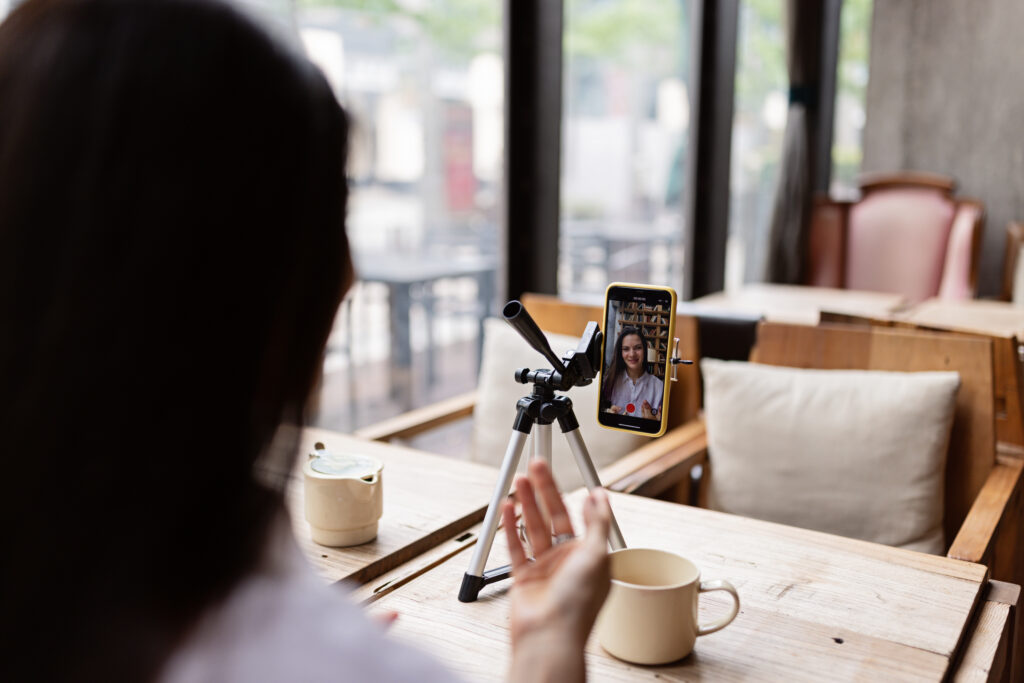


How To Become a Content Creator On Instagram



What Is a Digital Creator On Instagram?



How To Switch To A Creator Account On Instagram



Top Influencer Marketing Trends to Watch



What Is One of the Biggest Challenges for Influencer Marketing?



What Channels Are Most Popular for Influencer Marketing?



Influencer Marketing Trends in 2023



What Are the Benefits of Paid Partnership on Instagram?



How Do You Get a Paid Partnership on Instagram?
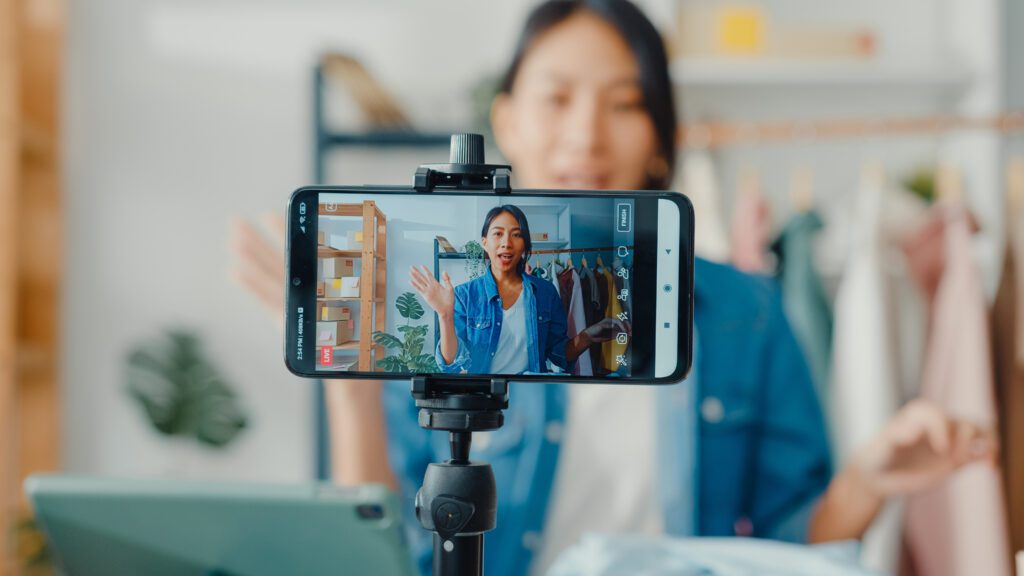


How Much Is a Paid Partnership on Instagram?



How Do Paid Partnerships Make Money On Instagram?



How Do You Create An Influencer Strategy?
In this blog, we’ll walk through the steps to create an influencer strategy, from understanding the different influencer types, to finding creators to partner with, to building



How To Create An Influencer Marketing Plan That Works
Creating your influencer marketing plan is easier than you might think. It requires you to determine your goals, do some research, and compare influencer marketing strategies —
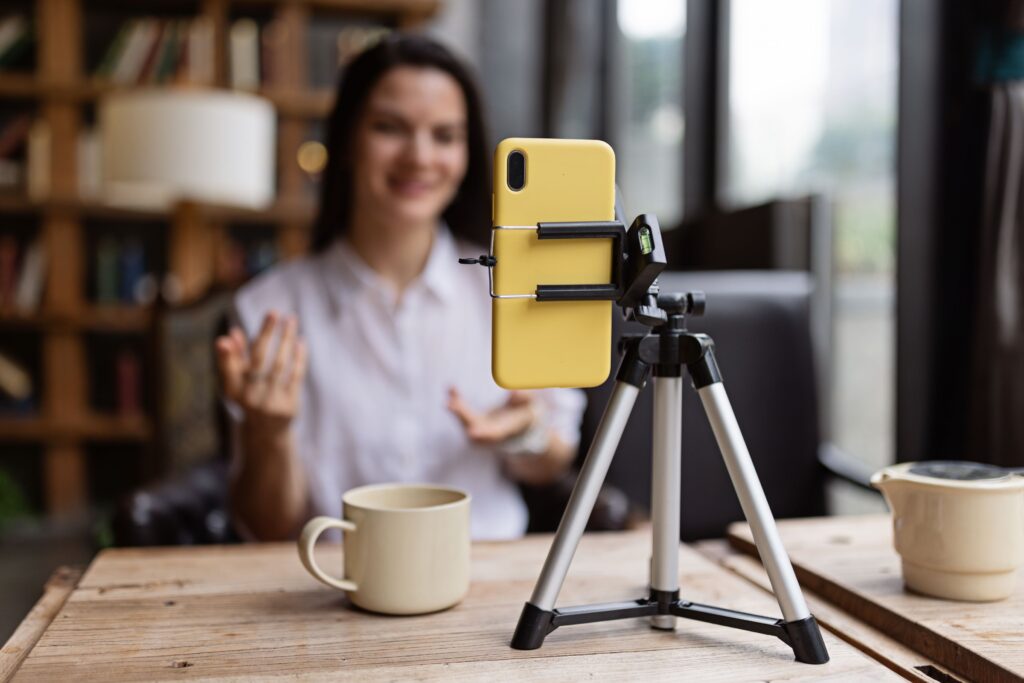


The Best Influencer KPIs of 2024
If you’re going to run an influencer marketing campaign, you have to familiarize yourself with key performance indicators for influencers. Here’s what you need to know about
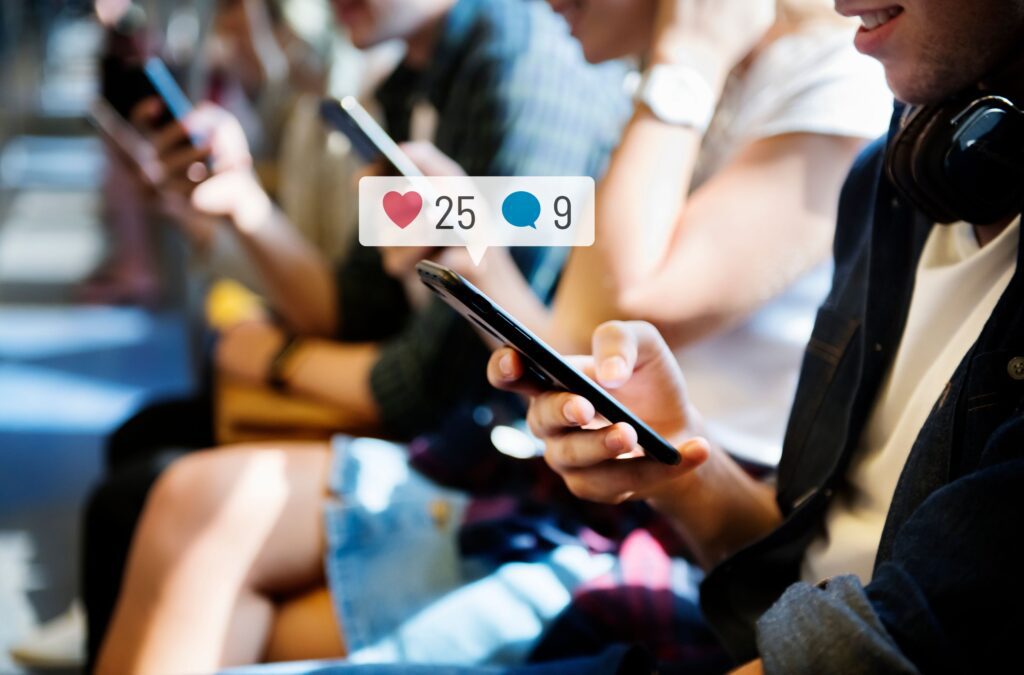


Where To Hire Influencers?
But how do you actually go about finding influencers to work with? Lionize has you covered with our quick guide. We’ll talk about how you can find



How Do I Start An Influencer Network?
If you’re wondering how to start an influencer network for yourself – it may be tricky, but it’s definitely beneficial to have content creators in your corner



What Are Influencer Networks?
To get started with influencer marketing, many companies turn to influencer marketing agencies, platforms, or networks. If you’re wondering what influencer networks are and why they’re important



What Platform Is Best For Influencers?
An influencer marketing platform is a type of software tool aimed at helping brands and influencers connect for marketing campaigns. On the influencer side of things, an



What Are Examples of Branded Content on Instagram?
Many brands and influencers are now looking to use Instagram’s new branded content feature. If you’d like examples of how brands can use it or more information



What Is the Instagram Branded Content Warning?
Branded content is a new feature on the Instagram platform. It’s caused a lot of excitement and some confusion for influencers and brands that are looking to



Why Is Instagram Flagging My Post as Branded Content?
Branded content is a new feature on the Instagram platform. It’s caused a lot of excitement and some confusion for influencers and brands that are looking to



How Do You Get Approval for Branded Content on Instagram?
Branded content is a new feature that Instagram recently released. It’s meant to help the process of brands and influencers partnering for marketing promotions. If you’re wondering



Why Can’t I Use Branded Content On Instagram?
In this blog, we’ll talk about the branded content tool and how to become eligible for a paid partnership on Instagram. Whether you’re on the brand side
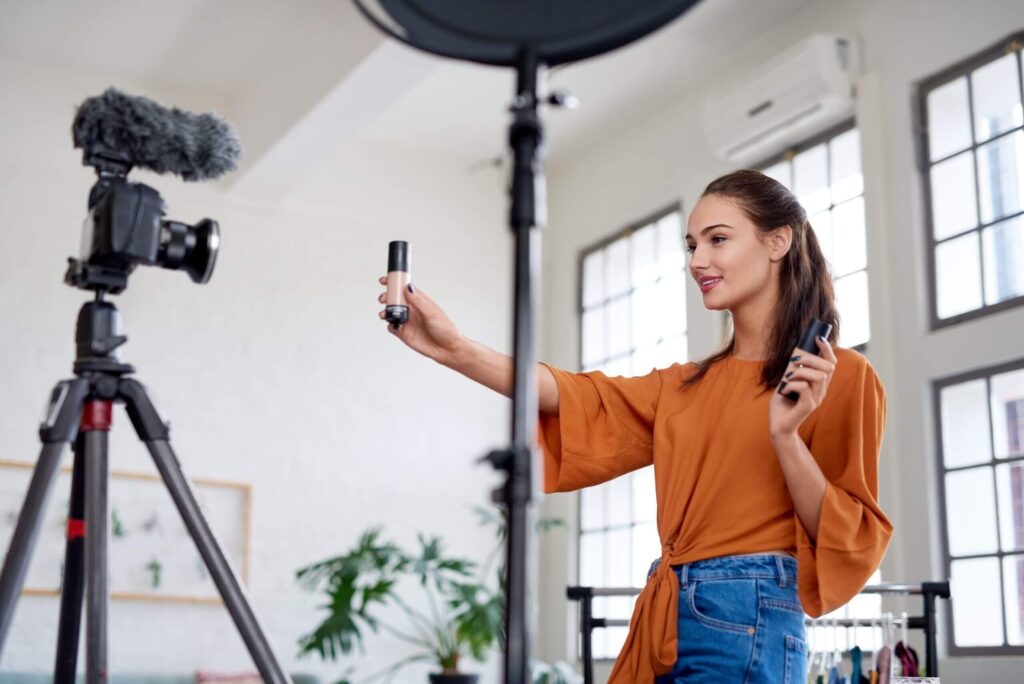


What Are the Three Types of Influencers?
This article will go over the three main types of influencers and other aspects that affect which influencers your brand should choose for partnerships. Read on to



What Top Brand Categories Use Influencer Marketing?
If you’re considering getting into influencer marketing, you’re probably wondering what types of brands will get good results from it. This article will provide an overview of



What Are the Four Types of Influencers?
This article will go over the different types of influencers and the most important things you should pay attention to when picking an influencer to work with



How Effective Is Influencer Marketing
So, what do the social media influencer statistics say about how well influencer marketing works? In this blog, we’ll explore the statistics on influencer marketing and the



How Big Is The Influencer Marketing Industry?
Over the past few years, influencer marketing has become a hot topic in the marketing industry. The majority of marketers plan to increase their influencer marketing budgets



What Percentage Of Companies Use Influencer Marketing?
Let’s break down some of the key figures about influencer marketing growth and the impact of influencer marketing on consumer behavior.



What Are Some Influencer Marketing Strategies?
In this blog, we’ll discuss how to dip your toes into influencer marketing, as well as some top influencer marketing strategies that you can use to rise



How Do I Get An Instagram Influencer To Promote My Product?
Discover top tips and tricks for influencer outreach in this blog, including a template on how to write an email to an influencer for collaboration.



How Much Does Instagram Influencer Marketing Cost?
The cost of working with an influencer can vary widely, depending on factors such as the influencer's reach, engagement, and niche. Each content creator is different in



How To Do Influencer Marketing On Instagram in 2024?
If your company is interested in pursuing Instagram influencer marketing but isn’t sure where to start, use this guide to learn how to do influencer marketing on
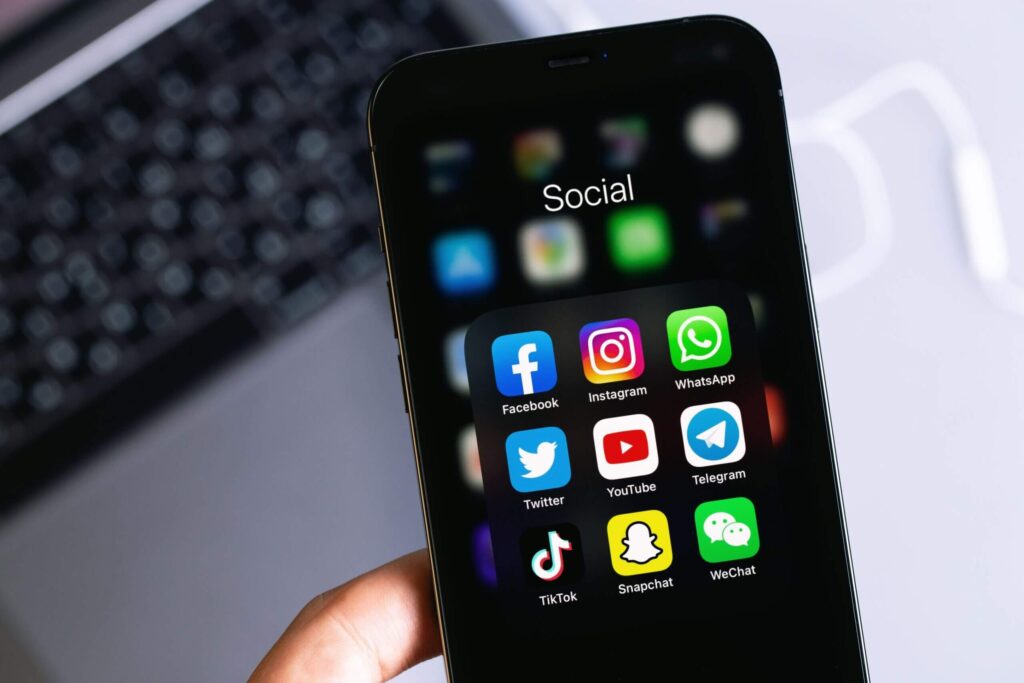


How Do I Choose An Influencer Marketing Platform?
Choosing an influencer marketing platform is a big decision, so it’s important to stay informed about your options and key differentiators between platforms. Here’s what you need



How Do Instagram Influencers Use Marketing?
Instagram is one of the world’s most popular social media platforms, with over 1 billion active users. It’s also home to some of the biggest influencers in



How Do You Promote Influencer Content on Instagram?
If your business is considering promoting influencer content on Instagram, you may be wondering how the process works or what the best way is to get started.



Why User Generated Content is Powerful
User-generated content (UGC) is a marketing agencies dream. Authentic, relatable content created by your audience for your audience.



What is Influencer Generated Content And How to Maximize it
How to use influencer generated content to make your brand shine in a crowded social media landscape.



The “Reel” Way to Market
Instagram has been heavily investing in Reels in response to TikTok’s rapid rise in popularity in recent years. Here's what you need to know.
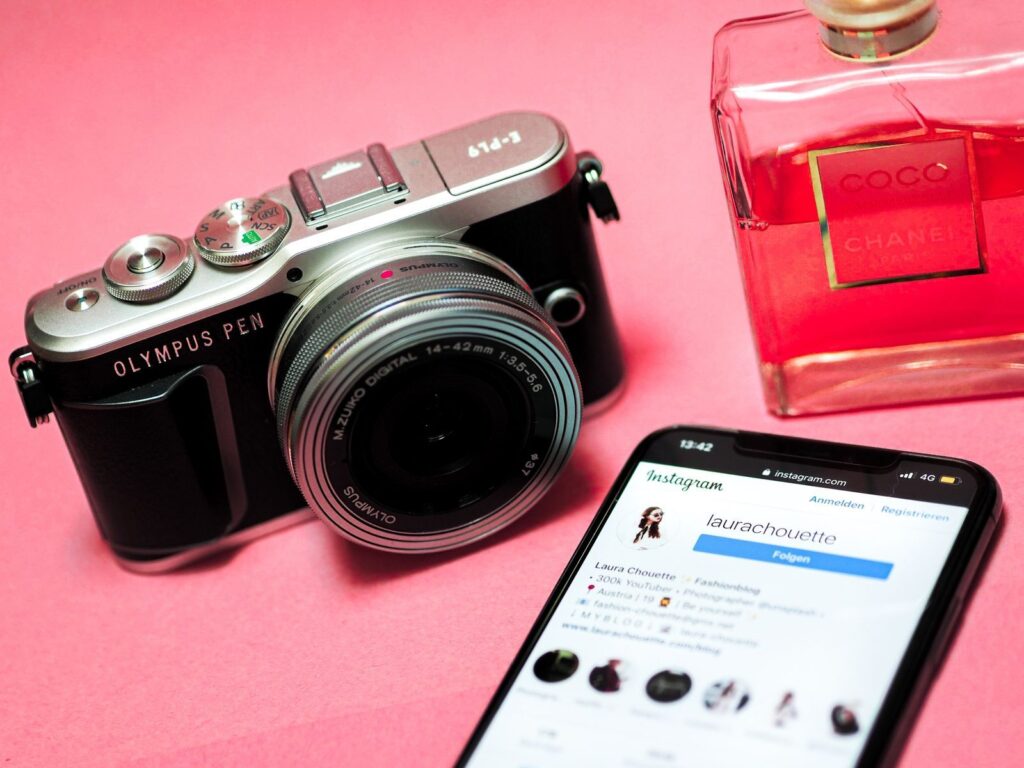


Techniques to Attract And Incentivize Your Influencer Partners
Recruiting the right influencers is the first step to any marketing campaign on social media. Learn how attract and incentivize the right influencers.
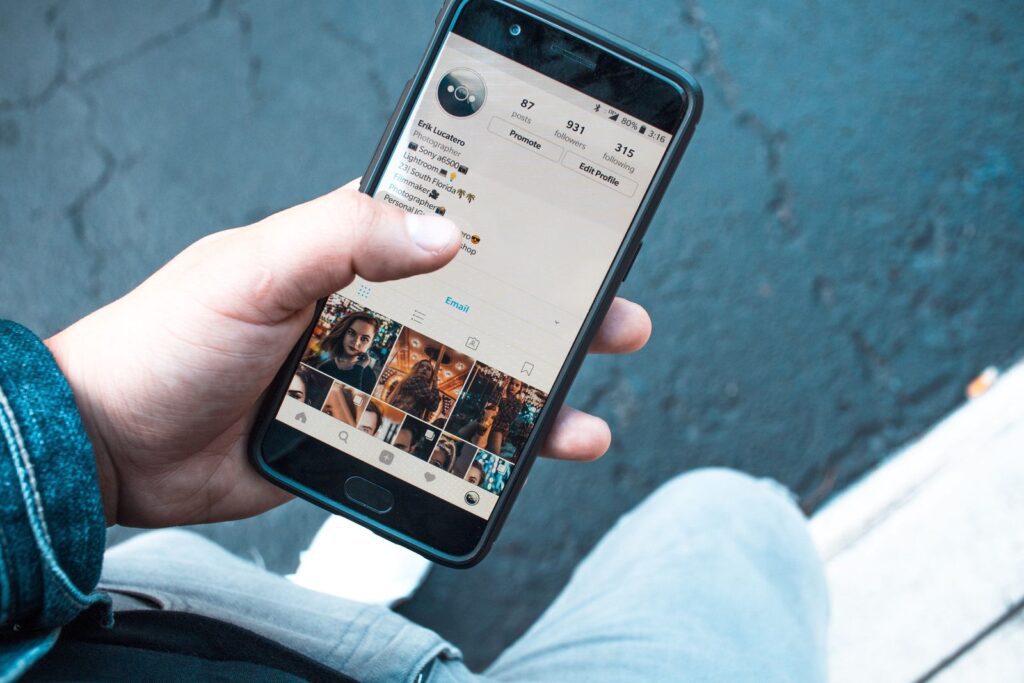


Instagram Influencer Marketing: Why You Need Micro-Influencers
Micro Influencers are changing marketing forever. With an unparalleled ROI, they are a social media manager's best tool to reach the right audience.
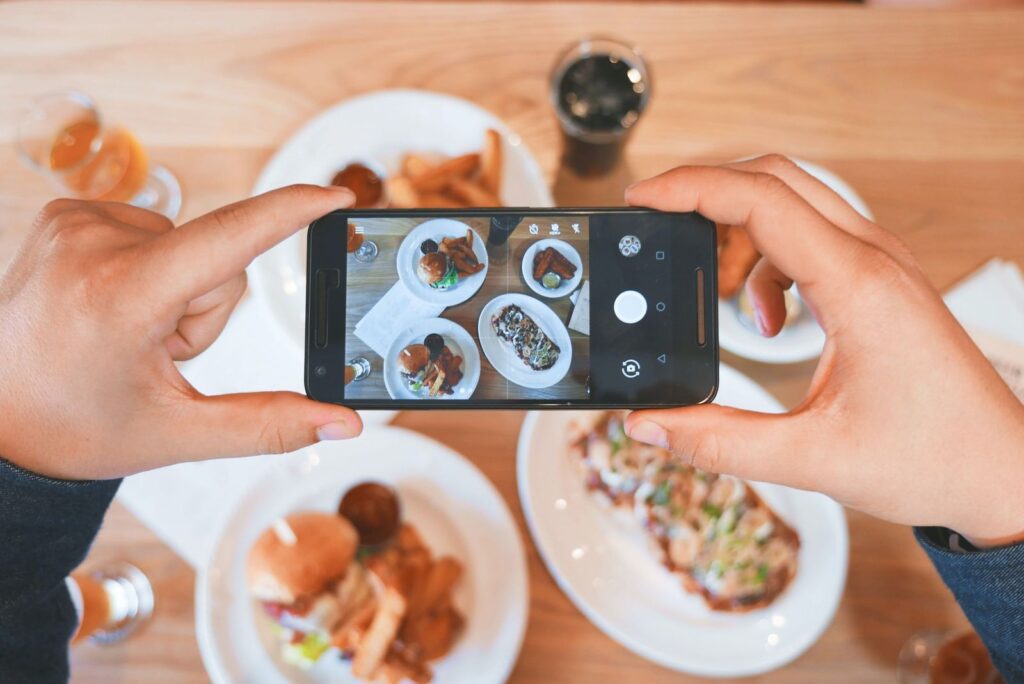


Influencer Whitelisting: Everything You Need to Know
Leverage your influencer's reach with Influencer Whitelisting. Learn how to take influencer marketing to the next level.



How to Run an Instagram Influencer Audit
Auditing an influencer is important in running a successful social media campaign. Getting the right influencers is more important than getting the most.



How to Create a Successful Influencer Marketing Strategy
Influencers are “Internet celebrities”, that is, people who have a large and loyal number of followers on their social networks like Instagram.



How Much Do Influencers Charge For Instagram Sponsored Post
Instagram influencer campaigns are one of the hottest channels of influencer marketing. It's practically indispensable for a proper social marketing campaign because they continue to grow and



How to Turn Around a Lagging Campaign
Influencer Marketing Campaign best practices and strategies to turn your lagging influencer marketing campaigns around.
6 Types of Influencer Marketing Campaigns
When thinking about influencer campaigns, the now classic ‘sponsored post’ quickly comes to mind. But there are many successful types of campaign you can run. We’re going
For Brands
We’ll help you find the perfect partners for your brand. Let our network of limitless Influencers build brand awareness and drive your digital traffic goals.
Book a demoFor Agencies
Finally, a platform that removes the heavy lifting of Influencer campaign management. Free your time to focus on your client’s creative strategy.
Book a demo